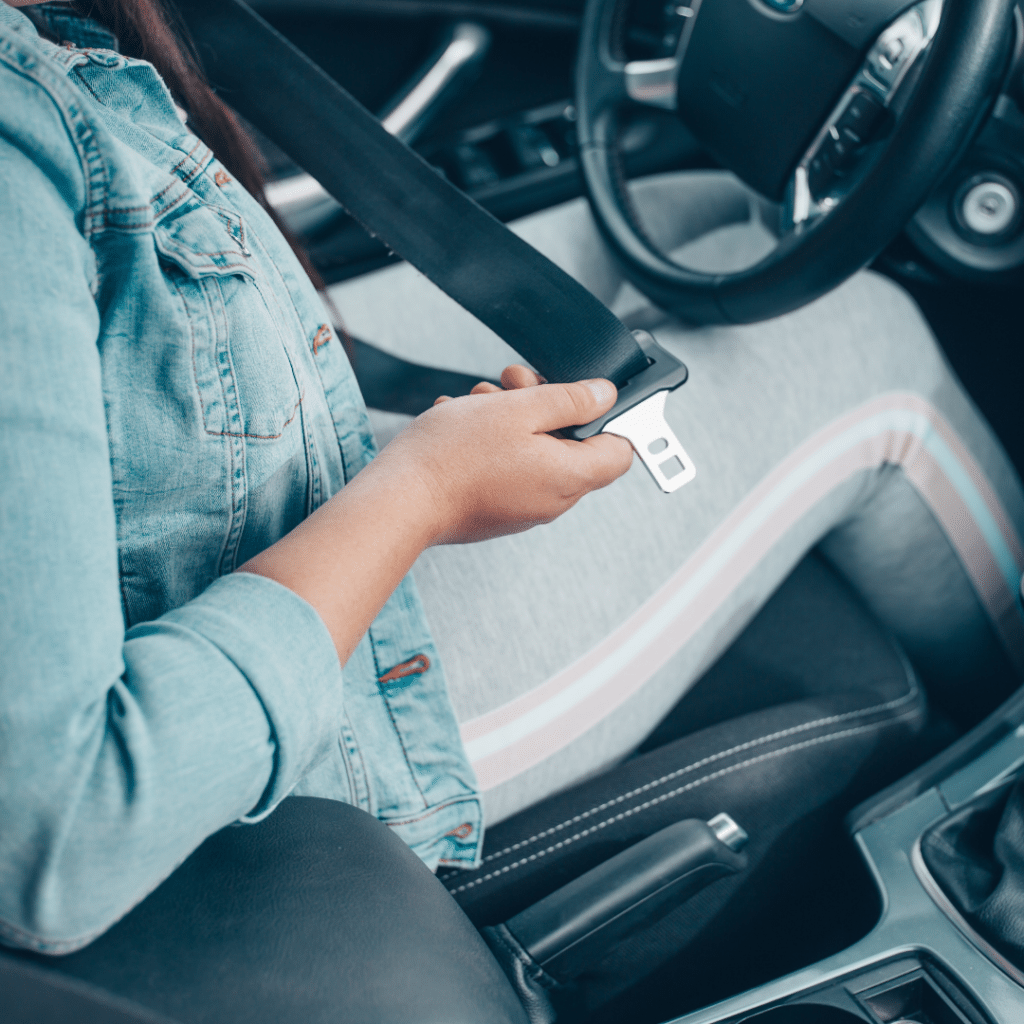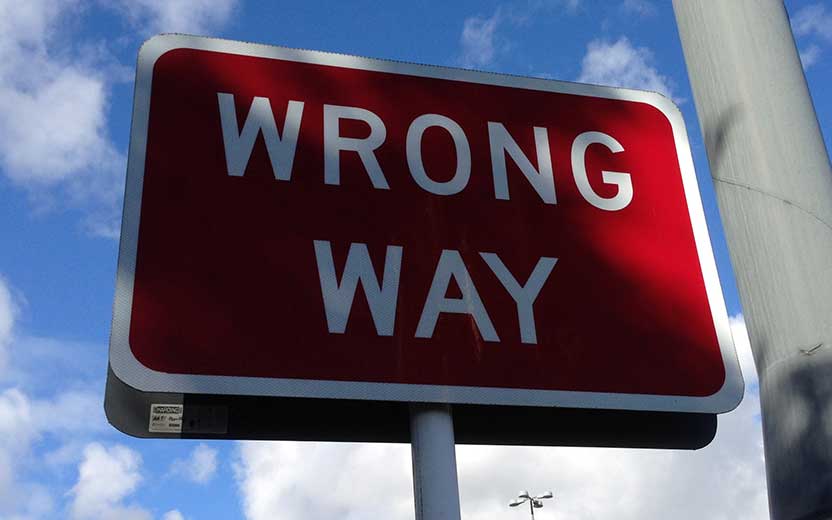By Marcus Fernandez
“Seat belts save lives” is more than merely a catchy slogan. When properly used, they the risk of death and serious injuries in a car crash by 50%.
You might think that saving lives and preventing injuries simply by fastening a seat belt would be something all drivers and passengers would do. However, the Centers for Disease Control and Prevention reports that only 89% of vehicle occupants in Florida buckle up when in a car.
National Seat Belt Day is on November 14, 2023. It’s the perfect time for a blog post about seat belts. This includes their critical role in keeping people safe when car accidents occur. As you continue reading, you’ll learn how not wearing one could harm your ability to recover compensation when injured in a car accident.
Seat belt laws are not as old as you think
The Ford Model T ushered in the age of mass production of automobiles in 1908, but seat belts did not make their way into vehicles until 60 years later. A 1968 federal law required the installation in all new vehicles sold in the United States, with the exception of buses.
Most car manufacturers complied with the law by installing separate lap and shoulder belts, each with its buckling mechanism. The result was that vehicle occupants could use only one of the restraint devices instead of both. Eventually, technology and design evolved to where it is today. Cars are equipped with lap and shoulder belts that use a single locking mechanism for drivers and outboard passengers. Folks sitting in the middle seats of vehicles with bench seating get only a lap belt.
How do seat belts work to keep drivers and passengers safe?
Seat belts save lives and reduce injuries in crashes in several ways, such as:
- Prevent occupants of a vehicle from being ejected in a collision.
- Reduce the rate of deceleration of the occupants of a car by distributing the force exerted on their bodies across the strongest areas, such as the torso.
- Prevent people from being tossed about the interior of a vehicle where they can make contact with a driver and other occupants.
- Prevent passengers and drivers from making contact with the interior portions of a vehicle.
According to the Florida Department of Transportation, 57% of passengers between the ages of 18 and 34 who died in motor vehicle crashes were not wearing seat belts. It’s not just front-seat occupants who need to wear seat belts.
The FDOT found that 58% of rear-seat passengers killed in collisions were not wearing seat belts. Sitting in the back seat of a car does not guarantee protection from injury or fatality in an accident. All occupants, regardless of where they sit in a car, need to buckle up.
Airbags do not replace seat belts
Airbags are passive restraint systems that function without occupants of a vehicle doing anything to activate them, but seat belts do not work unless you buckle them. Being in a car equipped with airbags doesn’t negate the necessity of wearing a seat belt.
When airbags deploy in a crash, they do so with tremendous force. Anyone not wearing a seat belt in a crash could be propelled into a deploying airbag. This can result in being severely injured or killed by the force exerted against their body.
How to wear a seat belt for maximum effectiveness?
To maximize the effectiveness of a seat belt in a crash, you need to wear it correctly. The strongest portions of your body for absorbing the forces of a crash are your rib cage and pelvis. Adjust your seat belt to position the lap belt across your pelvis and the shoulder belt across your chest’s midsection.
Avoid wearing the shoulder belt across or close to your neck. The lap belt should not be across your stomach. For maximum protection and to prevent injury, position it across your hips.
People sometimes ride with the shoulder belt under their arms or behind their backs to avoid wrinkling the clothes they’re wearing. Wearing it in either of those ways prevents the seat belt from restraining you in a crash.
You can adjust the position of the shoulder harness to raise or lower it, ensuring a comfortable fit for drivers and passengers of different heights. The owner’s manual that came with the vehicle explains how to adjust the seat belts for maximum comfort and protection. If you cannot locate the instructions, ask the service department at your local car dealer. They’ll show you how to adjust it.
The law
Some states have what are referred to as primary seat belt laws, which means that police may stop you if they see you riding in a car without wearing a seat belt. Other states have secondary laws, which means a police officer can only write a ticket for a seat belt violation unless the vehicle was pulled over for another offense.
For example, a Tampa police officer may stop you and issue a ticket for not wearing a seat belt even though you were not violating another law because Florida is a primary state. If it were a secondary state, the officer would have to stop you for speeding or other traffic violations to issue a ticket for not wearing a seat belt.
Wearing one does more than prevent you from receiving a traffic ticket. If another motorist is negligent and crashes into your car, you may seek compensation for your injuries. However, Florida is a modified comparative fault state. The at-fault driver may defend against your claim by proving that you were partially at fault in causing the crash or the injuries you sustained.
You cannot be more than 50% at fault to recover damages from another motorist. However, if you do not exceed the 50% threshold, the damages you recover are reduced by your percentage of fault. An injured party’s failure to wear a seat belt may reduce the compensation recoverable in a crash.
Get help from a Tampa personal injury lawyer
If you’ve suffered injuries in a car accident in Tampa, reach out to the personal injury lawyers at KFB Law for expert legal guidance and exceptional representation. The lawyers at KFB Law know the laws and pride themselves on fighting for the compensation rights of people injured in motor vehicle accidents. Contact us today for a free consultation.



